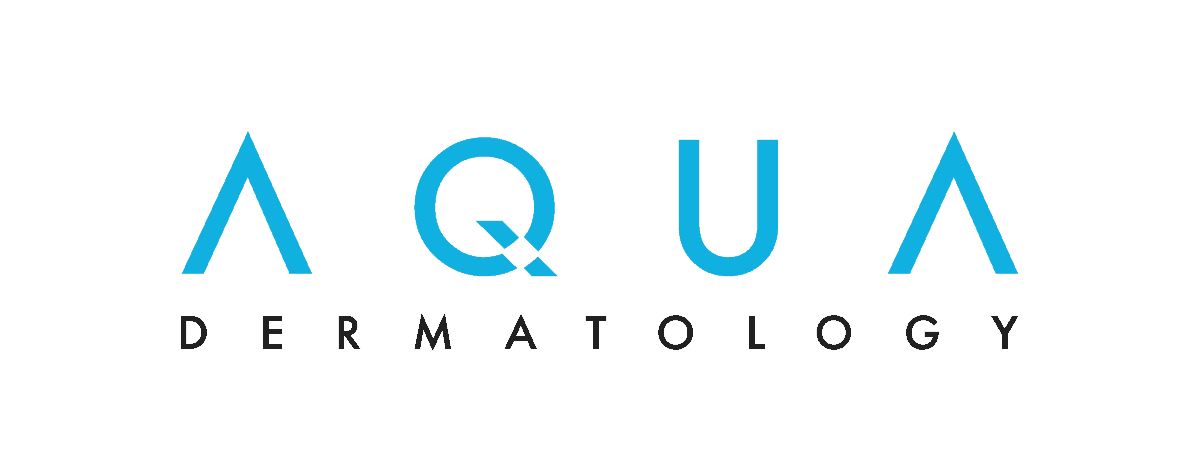
Medically reviewed by: Bebe Pajo, MD
Many women have stretch marks, and some men do, too. These rippled, indented lines on the skin are harmless, but they do stand out. If the sight of them bothers you, you’ve probably Googled “how to get rid of stretch marks.” So, what’s the answer?
“Unfortunately, there’s no way to eliminate stretch marks completely,” said Bebe Pajo, MD, a dermatologist at Water’s Edge Dermatology with a specialty in cosmetic dermatology. “But there are good treatments available today that can make them look less noticeable.” Read on to learn more.
What are stretch marks?
Stretch marks, or striae, are a type of scar. They often develop when parts of the body grow rapidly, stretching the skin to its limits. When the skin stretches, collagen and elastin — proteins that support the skin and keep it flexible — can rupture. As the skin heals, stretch marks show up in areas where ruptures occurred.
You’re most likely to develop stretch marks on your stomach, buttocks, breasts, thighs, hips, lower back or upper arms. They may be red, white, black or dark blue, depending on your skin tone. They fade over time and typically end up lighter than your normal skin. New stretch marks may be raised, but they eventually become indented.
Stretch marks aren’t painful, but they can be itchy when they’re forming.
What causes stretch marks?
Stretch mark causes include:
- Rapid weight gain or loss
- Rapid muscle gain from strength training
- Growth spurts during puberty
- Pregnancy
- Breast augmentation
- Marfan syndrome, a disease that affects the body’s connective tissue
- Cushing’s syndrome, a disorder in which the body produces too much of the hormone cortisol over long periods (cortisol weakens the skin’s elastic fibers)
- Use of a topical corticosteroid cream over a long period of time
- Smoking, which decreases skin elasticity
Having a personal or family history of stretch marks makes you more prone to them. Females are more likely to get stretch marks than males; researchers aren’t sure why, but natural fluctuations in hormone levels may play a role.
Pregnancy stretch marks, called striae gravidarum (SG), are common, especially in younger women, women who have a family history of SG, those who carry extra weight before and during pregnancy and those who give birth to heavy babies.
Do stretch marks go away?
Stretch marks fade over time, but they never disappear completely (unless the affected area of skin is cut out, such as during a tummy tuck).
If you’re unhappy with your stretch marks, talk to your dermatologist to see if you’re a good candidate for one or more of the treatments below. In some cases, more than one treatment may be recommended.
Stretch mark removal techniques
The following treatments won’t remove stretch marks, but they may make them less noticeable.
Stretch mark creams
There are many creams, lotions and gels that claim to diminish stretch marks. Their effectiveness varies. Some don’t provide any improvement.
“Stretch mark creams may be worth trying when the marks are new,” Dr. Bebe said. “But once you’ve had them for a long time, they won’t work.”
To improve your chances of seeing improvement, massage the cream into the stretch marks and apply it every day for several weeks. “If you don’t see any improvement in six weeks, the product probably won’t work for you,” said Dr. Bebe.
Some people swear by other topical treatments, such as cocoa butter and vitamin E, but none of them have been found to fade stretch marks in studies.
Retinoid cream
Prescription-strength retinoid creams such as tretinoin cream can improve the look of stretch marks that are less than a few months old. They work by triggering the production of collagen, which may cause the marks to look more like your normal skin.
Chemical peels
During a chemical peel, your dermatologist applies an acidic solution to the stretch marks. This removes the top layer of skin, causing the skin to produce more collagen and elastin as it heals.
Laser treatments
Two types of lasers are used to diminish stretch marks: ablative and non ablative. The laser treatment your dermatologist recommends will depend on several factors, including the color of your skin, the color of your stretch marks and how long you’ve had them. Depending on the size of your stretch marks, you might need several treatments.
Ablative lasers such as fractional CO2 and Erbium YAG remove the topmost layer of skin, which results in smoother skin. They also stimulate the production of collagen, which helps smooth out raised stretch marks. Fractional CO2 lasers are used for deeper scars. Erbium YAG is better for more superficial stretch marks.
If you have dark skin, fractional CO2 and Erbium YAG lasers may not be appropriate for you because they can cause post-inflammatory hyperpigmentation (dark spots) or burns that can leave permanent scars.
Frax1550 laser is a non-ablative laser. It doesn’t remove the top layer of skin. Instead, it stimulates the production of collagen and elastin, which helps the scars to heal and fade. Like most lasers, Frax1550 works best on newer stretch marks, but it may help slightly with older, white stretch marks.
Radiofrequency therapy
During radiofrequency treatments, your dermatologist will aim a device that emits radio waves at the affected skin. The waves heat the skin, which triggers damage, followed by healing and the production of new collagen.
Profound RF is a device that uses both radiofrequency and microneedling to treat scars. In microneedling, tiny needles make microscopic punctures in the skin. The minor trauma coaxes the skin to produce new collagen as it repairs itself.
Radiofrequency therapy combined with microneedling poses much less risk of hyperpigmentation than ablative lasers. You’ll have bruising for seven to 10 days, but the procedure causes less post-treatment pain compared with laser treatment.
Dermabrasion
In this procedure, a dermatologist or plastic surgeon uses a rapidly rotating device to “sand” away the top layer of skin, smoothing it and minimizing the appearance of irregular skin contours such as stretch marks.
Microdermabrasion, a less invasive version of dermabrasion, may also make stretch marks less noticeable, though it won’t help as much for deep stretch marks.
How to prevent stretch marks
There aren’t many ways to keep stretch marks at bay, other than avoiding rapid gain or loss of fat or muscle. Most of the strategies you may have heard about, including applying cocoa butter, olive or almond oil or vitamin E, have been shown in studies to be ineffective.
That said, for preventing pregnancy stretch marks, several approaches may be worth trying. One study found that a daily, 15-minute massage of stretched skin using bitter almond oil helped. Creams containing hyaluronic acid or an extract of the herb Centella asiatica have also shown promise. If you’re pregnant, consult a doctor before applying any potentially irritating product to your skin.
Written by: Jessica Brown, a health and science writer/editor based in Nanuet, New York. She has written for Prevention magazine, jnj.com, BCRF.org, and many other outlets.





